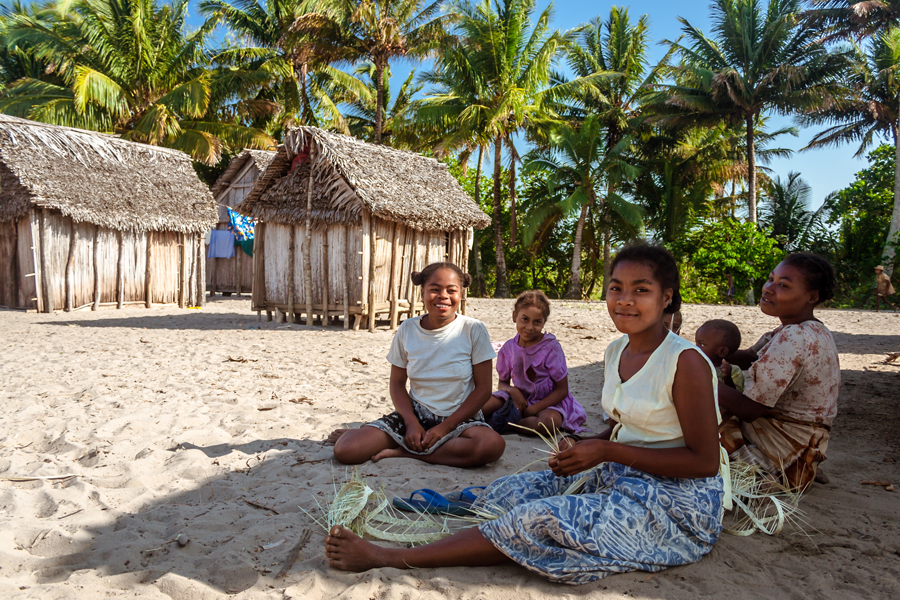The Betsimisaraka, whose name means ‘those who are many and do not separate‘ in Malagasy, form one of the largest ethnic groups in the eastern part of Madagascar. Mainly settled from Mananjary to Sambava, they occupy the provinces of Tamatave. Their rich and diverse culture, fascinating history, and contribution to Madagascar’s cultural mosaic make them a subject worth exploring in this article.
History and origins :
The Betsimisaraka come from various waves of settlement that have shaped their identity. Historically, they are often associated with the Malagasy of the east coast, who developed commercial and cultural exchanges with populations from other regions of Madagascar and with foreign merchants, notably Arabs and Europeans.
It is said that around 1720, Ratsimilaho, son of the supposed pirate Thomas White, succeeded in uprising the Antavaratra (northerners) and seizing Fenerive. Following this victory, Ratsimilaho was proclaimed king by his warriors, who then adopted the name Betsimisaraka. Today, the Betsimisaraka extend along the east coast over a strip of land approximately 600 kilometers long, from Sambava in the north to Mananjary in the south. Along this coastal fringe lie the Pangalanes, successive lagoons linked by canals.
Culture and Traditions :
Betsimisaraka culture is marked by a strong oral tradition, encompassing ancestral tales, legends, and songs. Music and dance also play central roles in daily life. Traditional rhythms, accompanied by percussion and song, animate ceremonies and celebrations such as weddings, baptisms, and rites of passage.
The Betsimisaraka also practice To-Laza (circumcision) and Tsaboraha, a festival celebrated on All Saints’ Day and throughout November to honor the dead. Tsaboraha is celebrated for two reasons: the return of the dead, known as famadihana among the Merina, and Tsikafara, or vows.
The Betsimisaraka are renowned for their handicrafts, particularly textiles and wood carvings. These fabrics, dyed with distinctive patterns, are used for traditional attire and decorative items. Sculptures reflect their worldview and are frequently adorned with animist symbols.
Company and Organization :
Betsimisaraka society is organized into clans, each with its own traditions and rules, which are the source of many conflicts. Family and community play central roles in their social structure. Important decisions, whether about conflicts or community choices, are taken collectively, respecting ancestral traditions. The many trading posts long established on this coast have led local populations to develop export crops, notably spices such as pepper, vanilla, coffee, and cloves. Overall, the Betsimisaraka practice subsistence agriculture, primarily growing rice, corn, and manioc. They are also fishermen, exploiting the marine resources of the east coast.
The traditional Betsimisaraka dwelling is constructed from plant materials. Ravinala, commonly used for walls and roofs, is prevalent. The stilt construction method protects dwellings from water and humidity. Betsimisaraka funerary art is relatively simple, with tombs often consisting of two tree trunks enclosing the body, protected by a wooden shelter.






